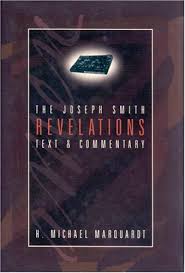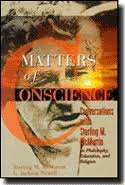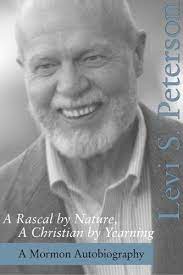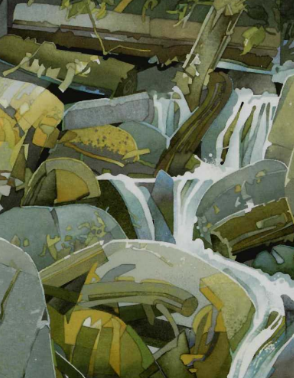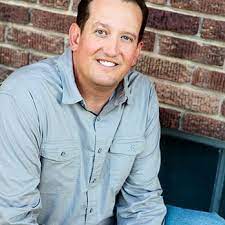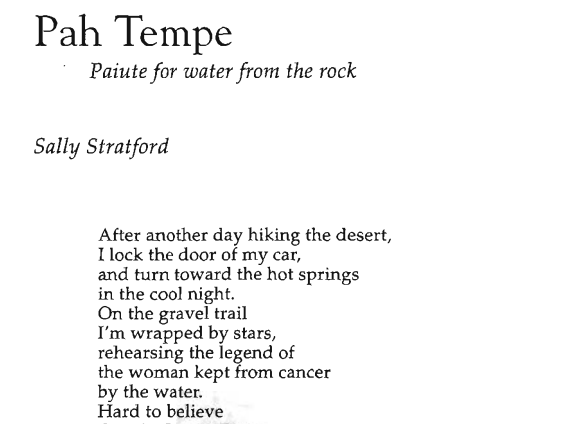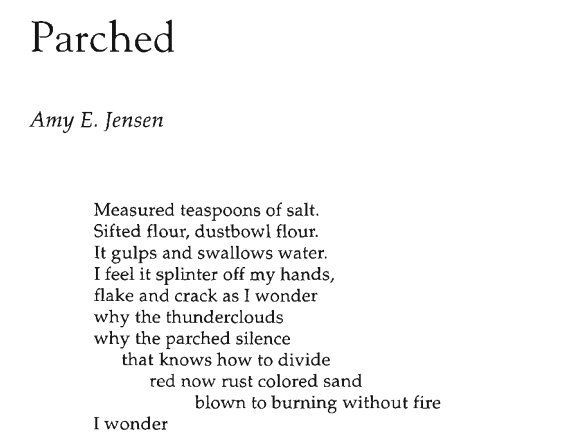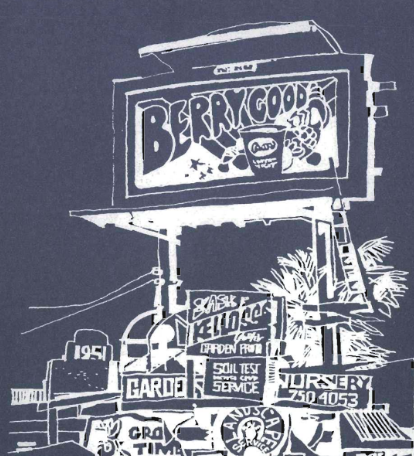Textual Tradition, the Evolution of Mormon Doctrine, and the Doctrine & Covenants | H. Michael Marquardt, The Joseph Smith Revelations: Text & Commentary
March 29, 2018H. Michael Marquardt published his early monographs with anti-Mor mons Jerald and Sandra Tanner, but these works exhibited higher scholarly standards than the Tanners’ work. Marquardt co-authored Inventing Mor monism: Tradition and the Historical Record[1]…


